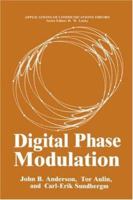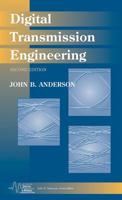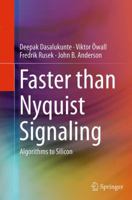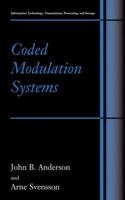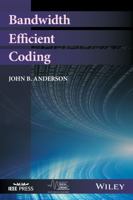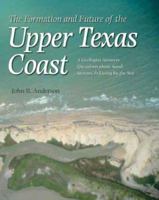Learning and Instruction in Simulation Environments (Sams Teach Yourself)
Select Format
Select Condition 
Book Overview
Book by Towne, Douglas M. This description may be from another edition of this product.
Format:Hardcover
Language:English
ISBN:0877782784
ISBN13:9780877782780
Release Date:January 1995
Publisher:Educational Technology Publications
Length:351 Pages
Weight:2.10 lbs.
More by John B. Anderson
Customer Reviews
4 customer ratings | 4 reviews
There are currently no reviews. Be the first to review this work.













